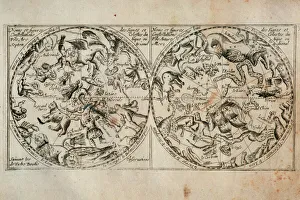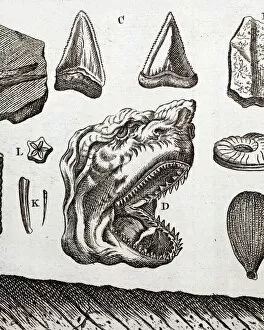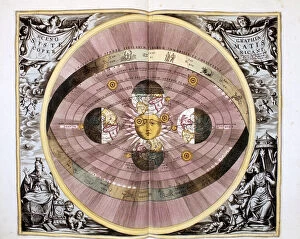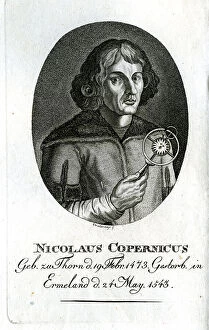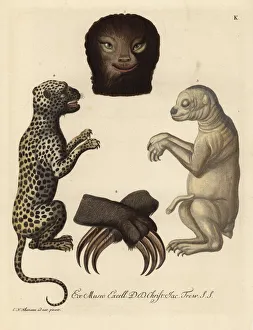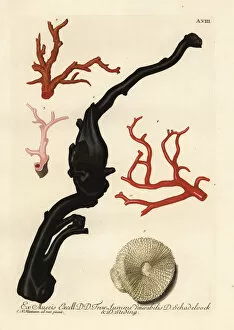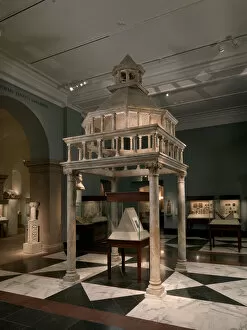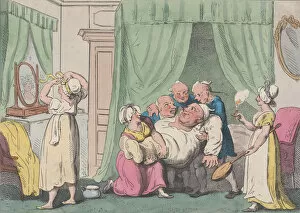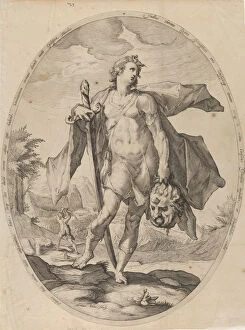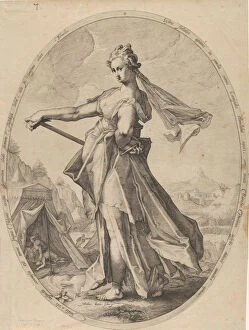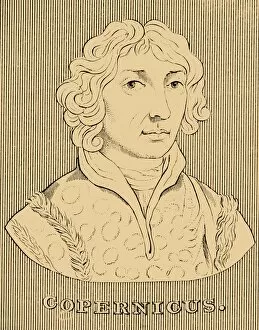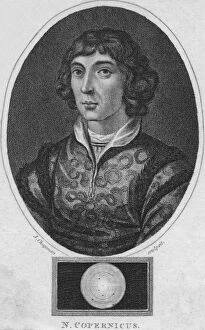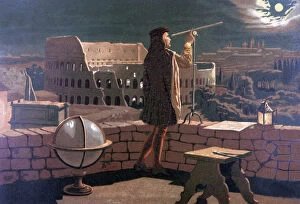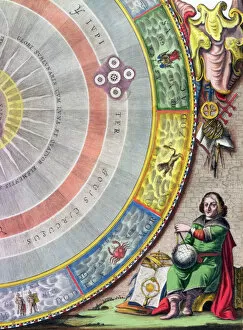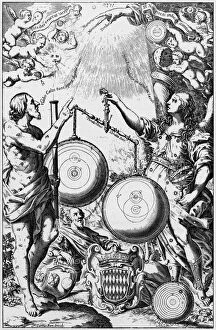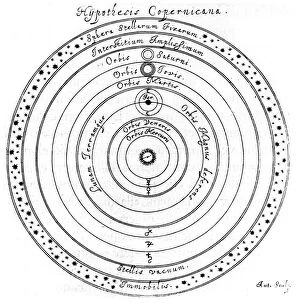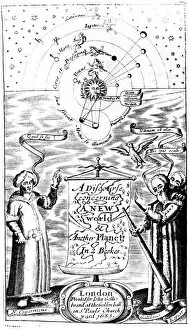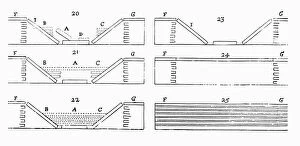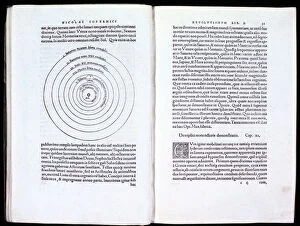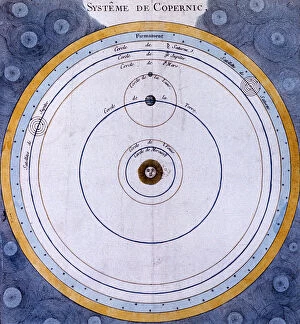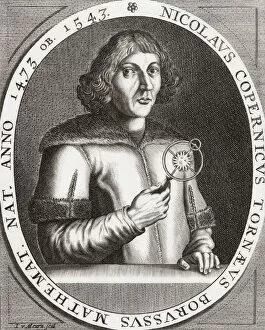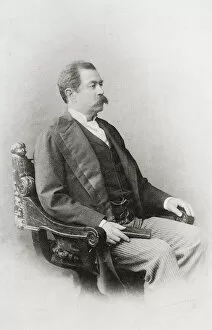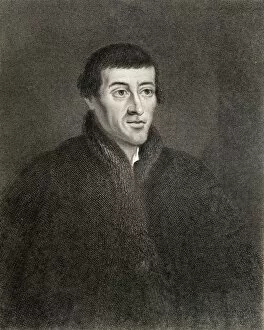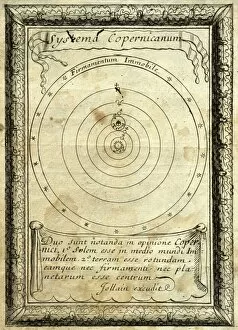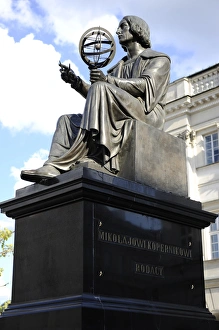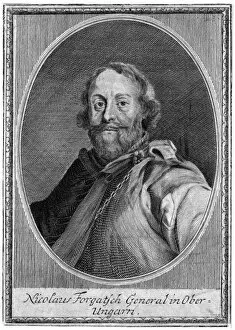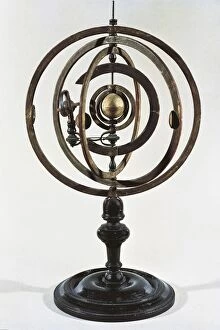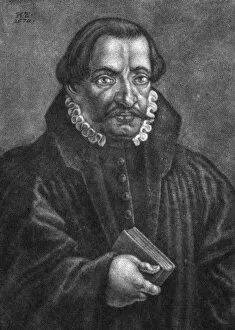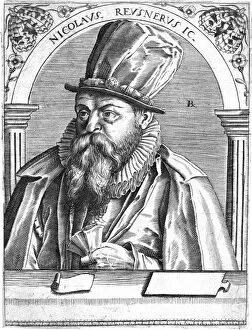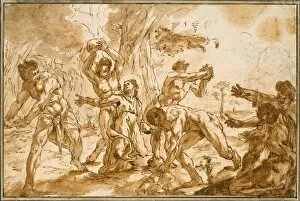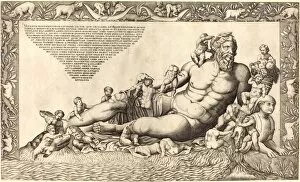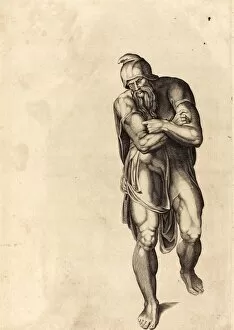Nicolaus Collection
Nicolaus Copernicus, a renowned astronomer born in 1473, revolutionized our understanding of the universe with his groundbreaking work
All Professionally Made to Order for Quick Shipping
Nicolaus Copernicus, a renowned astronomer born in 1473, revolutionized our understanding of the universe with his groundbreaking work. His theory, known as the Copernican system or heliocentric model, proposed that the Sun is at the center of our solar system instead of Earth. One of Copernicus's notable contributions was his book "Orbes Celeste, " which explored this revolutionary concept. Through meticulous observations and calculations, he challenged prevailing beliefs and paved the way for modern astronomy. In addition to his astronomical achievements, Nicolaus had diverse interests. He possessed a keen eye for fossils and even discovered Steno's shark tooth fossil—a remarkable find that shed light on Earth's ancient history. To honor his legacy, a magnificent statue Copernicus stands tall today. Created by Thorvaldsen in the 17th century, it serves as a reminder of his immense impact on science and human knowledge. While Nicolaus focused primarily on celestial bodies and scientific discoveries, he also found inspiration in art. A captivating painting titled "Review in Ladugardsgarde Fields During Tsar Nicholas Visit in 1838" depicts an event where culture meets politics—an intriguing blend captured by oil on canvas. Nature fascinated Nicolaus beyond just stars and planets; he marveled at creatures like the pale-throated sloth and coral reefs teeming with black and red corals alongside mushroom coral species called Fungia fungites. These wonders further fueled his curiosity about life's diversity. The influence of other visionaries can be seen through works associated with Nicolaus—such as a color lithograph portrait depicting Nicolas de Cues—a philosopher whose ideas resonated with him deeply—and an exquisite Italian ciborium from around 1150 crafted by Nicolaus Ranucius showcasing artistic brilliance intertwined with religious devotion. Even literature found its place among Nicolaus' interests.

